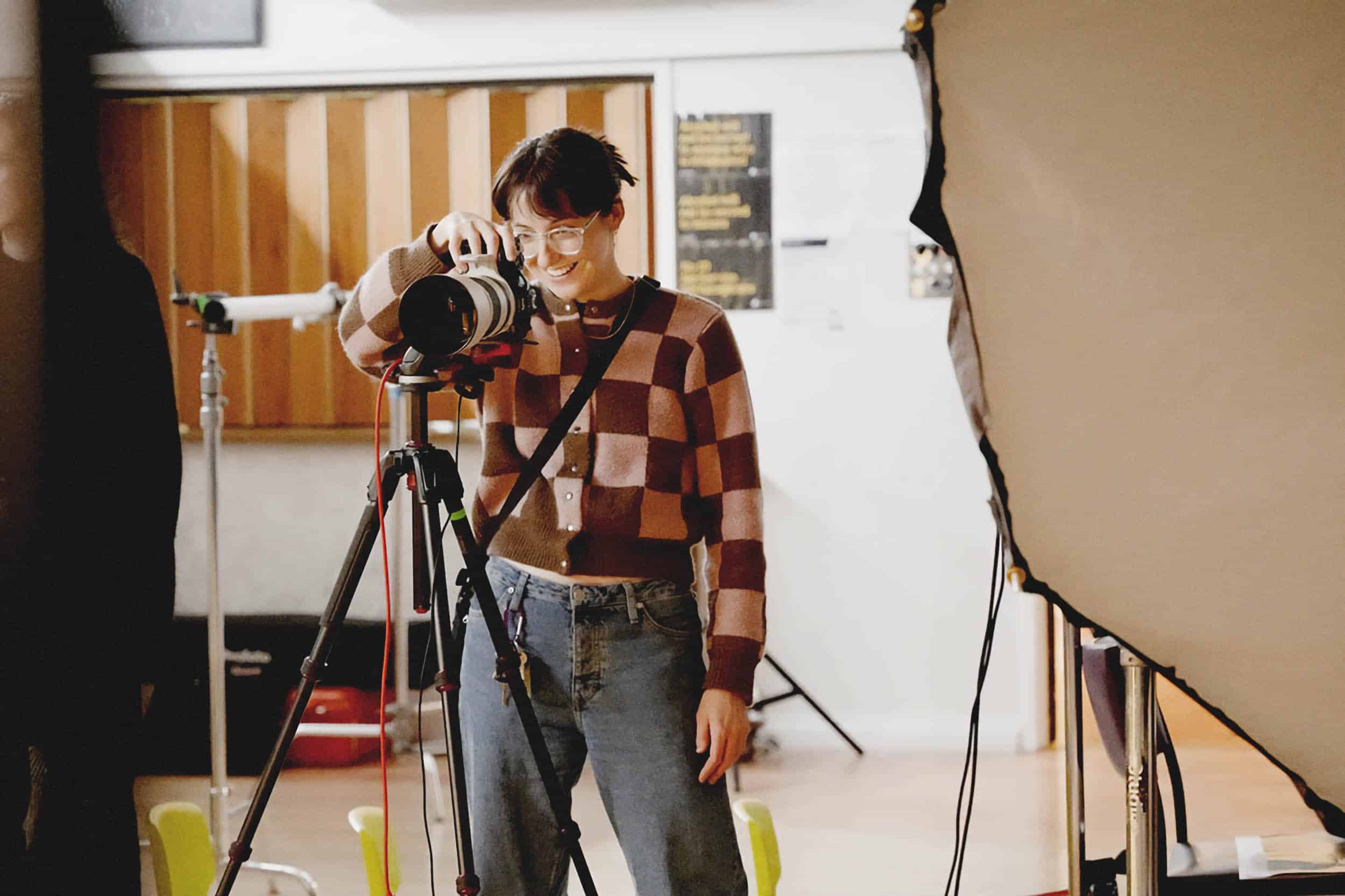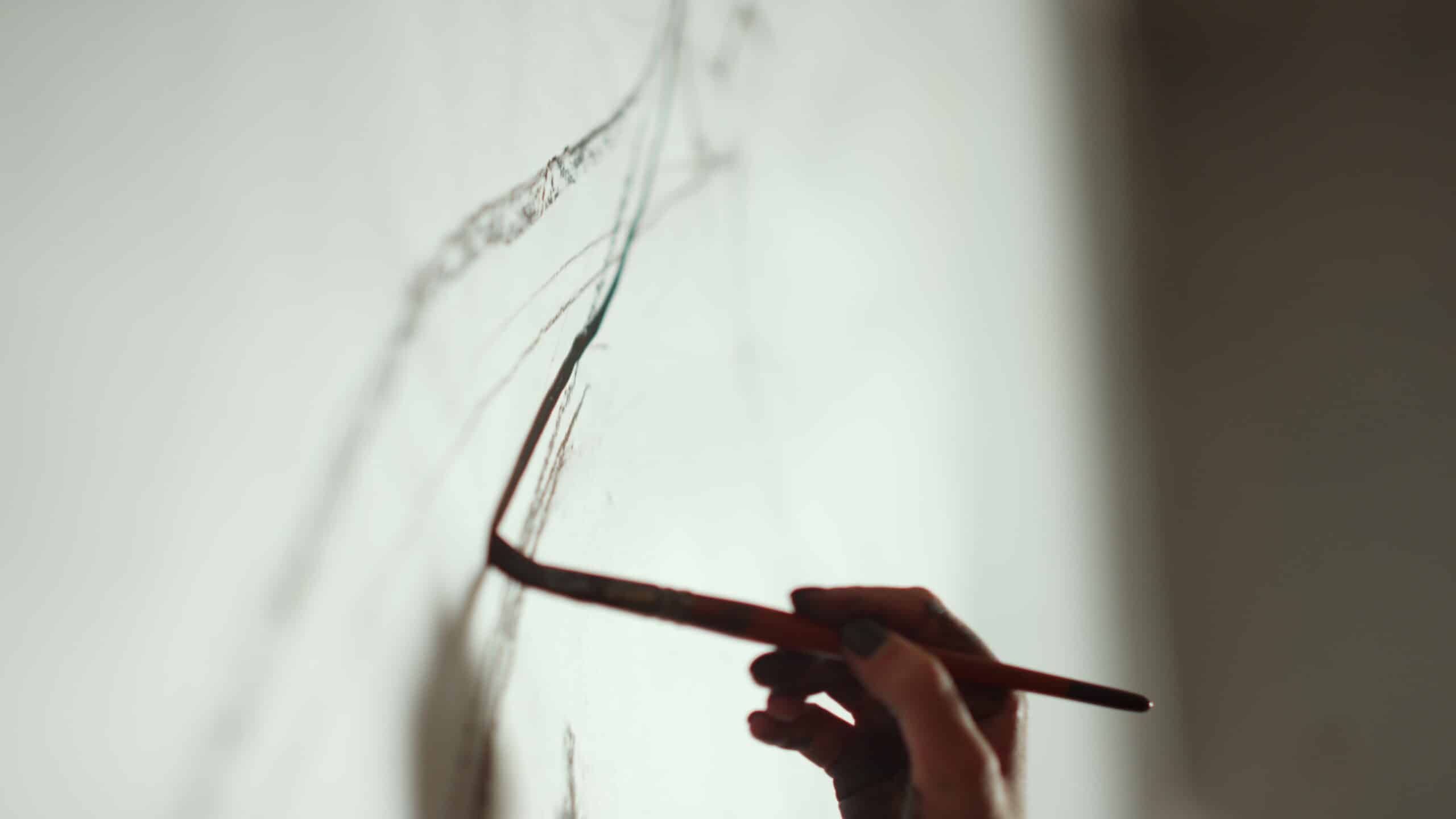To inexperienced photographers, taking a great photo can seem simple: just point and shoot. But anyone who’s tried to learn how to take professional photos knows that there’s a lot more to it than that.
From choosing the right subject and setting up a cool composition to finding the best light, it takes a lot of consideration to capture a great photo.
If you want to take your photography to the next level, here are some tips to help you learn how to take good pictures. Once you get a hang of these basic pro techniques, it should vastly improve your results.
The best part about knowing how to take professional photos? It leads to new opportunities. The more professional-looking photos you’ll be able to produce, the better your online photography portfolio will look. And the better your online photography portfolio looks, the more photography jobs you will land.
So, let’s dig in!
1. Master the Fundamentals of Composition
Choose a Strong Focal Point
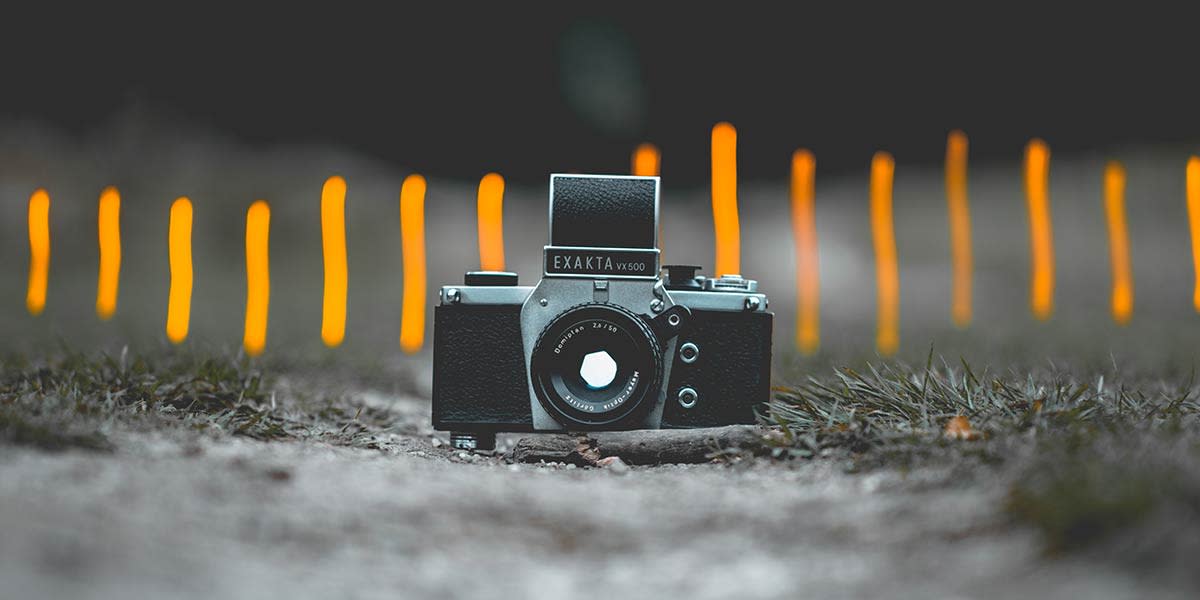
The focal point of a photo is the main point of interest. It could be anything from a tree, to a building, to a person (or their eyes). Finding a strong focal point is one of the fundamental steps of how to take professional photos. So when you’re planning out or setting up a shot, you should stop and ask yourself, “What do I want viewers to focus on?”
Once you know what your focal point is, you can work towards making it as strong as it can be. Many of the composition rules below will help you create an interesting focal point that draws in and holds the viewer’s attention.
Follow The Rule of Thirds
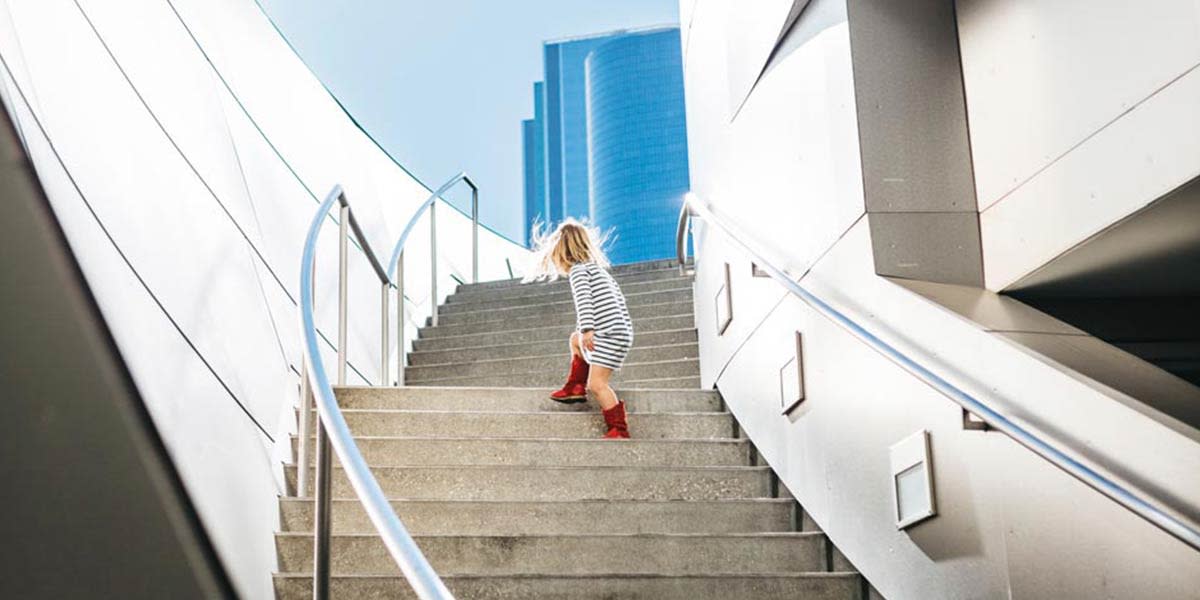
Instead of positioning the focal point in the center of your shot, it can make for a more interesting composition if you follow the rule of thirds. This rule states that you should place the most important elements in your photos off center.
Imagine there’s a tic-tac-toe grid in front of your shot. That means two lines divide your frame into thirds vertically, and two lines divide it into thirds horizontally. You should place the subject and other important elements in your shot along these lines or at one of the four points where they intersect.
It’s one of the easiest ways to learn how to take professional photos. Instead of having all your portraits look like mugshots, this guideline can help you find a better balance between the main subject and background.
Use Leading Lines
Leading lines are line shapes in your shot that can help guide a viewer’s eyes to the focal point. They can be anything that creates a line in your photo, like roads, fences, buildings, long hallways, trees, or shadows.
The trick is using them take a viewer’s attention where you want it to go. That can include drawing their eyes straight to your subject, or leading them on a kind of visual journey through your composition.
The direction of your leading lines can also change the mood of your compositions. For example, vertical leading lines can convey a powerful, imposing mood, while horizontal leading lines tend to be associated with calm and tranquility. For more information on why this technique can help with taking professional photos, check out this guide on how to use leading lines in your photography.
Put Some Thought Into Perspective
Perspective has a massive impact on the composition of any photo. By simply changing the angle or distance you shoot from, you can totally change the mood and meaning of your images.
One simple way to see that is by shooting the same subject from above and below. A bird’s-eye view can make a person in your shot seem small, while shooting from below can make it look like the same person is now towering over you. Shooting from far away can make a person look insignificant, while getting up close and having them fill the frame can convey a sense of power.
So when setting up any shot, spend some time thinking about perspective. Don’t be afraid to walk around your subject to search for interesting angles, and see how drastically it can change the composition’s mood. It will bring you one step closer to perfecting how to take professional pictures.
Create Depth

Finding ways to convey depth is another important step in learning how to take professional photos. If you ignore this rule, your photos can end up feeling very flat and boring. The best way to convey depth is to include some elements in the foreground, middle ground, and background. So for example, instead of shooting your portraits with the person standing up against a wall, bring them closer to the camera, or find a better background with some depth.
Make Your Subject Pop by Using Bokeh
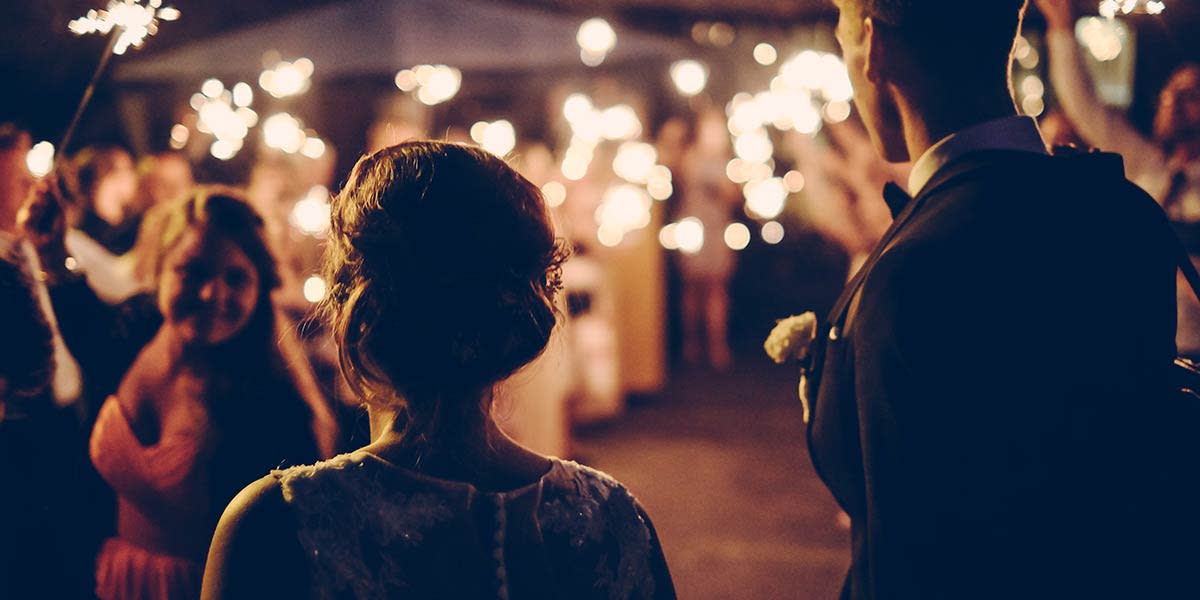
Adding a bokeh effect can help when you are trying to add depth to your photos. Bokeh is the term for that intentional out-of-focus blur effect you can see in a lot of professional photos. Often, photographers use this effect to keep the subject to be crisp and clear while the background is soft and blurry. The result is your subject will seem to really pop out of the background.
One of the simplest ways to do it is to bring your subject right up close to the camera and shoot them in front of a distant background. If you have a zoom lens, even better! Use it at the maximum focal length to decrease the depth of field and create an even stronger bokeh effect. When knowing how and when to use bokeh becomes like second nature, you’re on your way to understanding how to take professional photos.
Frame Your Shot
Framing is another technique that can help you take professional photos. It involves finding something that can act as a natural frame for your composition, and then shooting so your subject is inside it. Some examples include a doorway, an archway, some foliage, or a hole in a wall. This type of framing can help direct the viewer’s attention to your focal point.
Also, if the frame is relatively close to the camera, it can act as a foreground layer that adds depth to your image. Similar to creating a bokeh effect in the background, if you manually focus and zoom in on a subject the middle ground, you can keep the frame out of focus, which makes sure it doesn’t draw attention away from your focal point.
Fill The Frame

When photography students are being taught how to take professional photos, they are often told to “fill the frame.” It’s great advice because if you leave too much space around your main subject, distracting elements in the background can take away from your composition.
So, for example, when shooting a portrait, you might decide to just include the person from the waist up, or, even better, to fill the frame with their face. It makes for a much more captivating and professional-looking photo when all the unneeded extra space is cropped out.
Look for Patterns and Symmetry—Then Disrupt Them
Including patterns or symmetrical elements in your photos can make them more eye-catching. Humans have a tendency to spot patterns, and it’s one reason that including them in your shots can help you learn how to take professional photos.
So keep an eye out for ways to include patterns, symmetry, and repetition of shapes or colors in your photography. Also, including an element that disrupts the pattern makes for an interesting focal point. A simple example would be a picket fence with one broken or missing picket.
2. Make Sure You Have Good Lighting
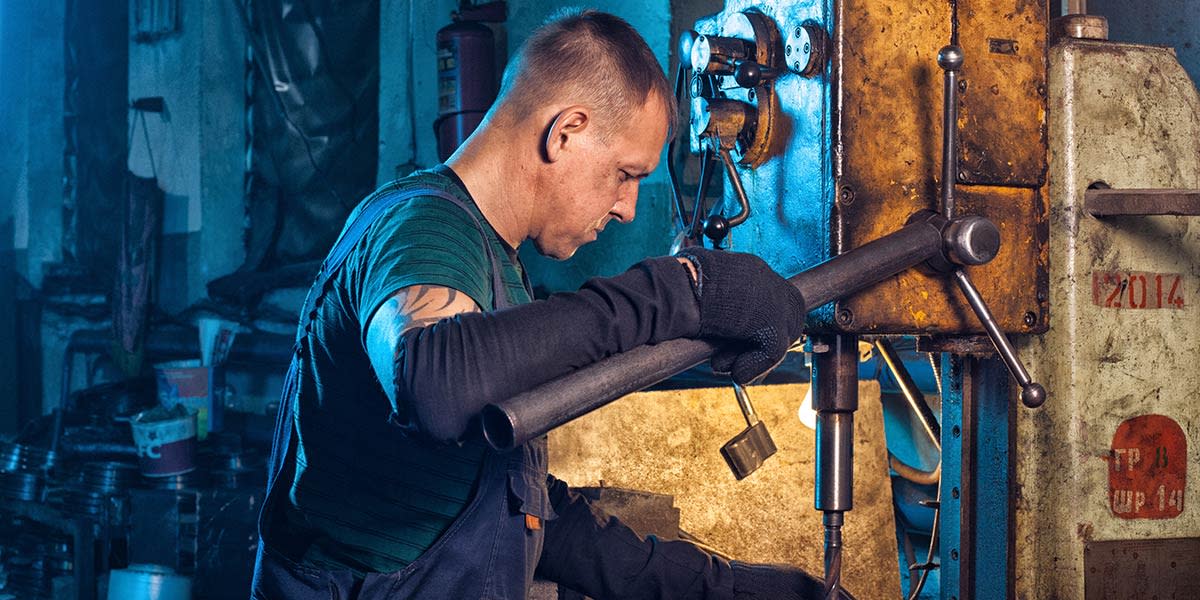
Making sure your shots are properly lit is an essential part of how to make your pictures look professional, and it’s something that inexperienced photographers often overlook. The first step is making sure you have enough light that your subject is visible. If there’s not enough light, your camera may struggle to capture the details in the scene.
If you happen to be shooting with your camera on automatic settings (which is not how to take professional photos, but more on that later!), it will use a high ISO setting or extra-long exposure, and you’ll probably end up with grainy or blurry results. And, if you try to brighten things up in Photoshop, you may find you have to make massive adjustments, which also results in a low-quality image.
On the other hand, if there’s too much hard light in your shots, it can ruin your photo with unwanted shadows. So spend some time carefully picking your location and the angle you shoot from to ensure there’s enough light in the scene. Another way to deal with this problem is by using lighting equipment.
3. Get Some Lighting Equipment
Relying solely on available light is not always the right way to take professional pictures. If you do, then you are severely limiting yourself. Professional photographers spend a lot of time planning out lighting and they use a range of lighting equipment. But you don’t need to spend a lot of money to take the lighting in your photography to the next level.
Try Out a Light Reflector
One affordable piece of equipment that will help you manage your lighting is a light reflector. You could pick up a 5-in-1 light reflector for around $20, and it will give you a lot of options for manipulating light in your shots. These versatile light reflectors come with reversible covers made from different types of reflective materials. For instance, they have silver covers that reflect lots of bright light, white covers that reflect softer light, and black covers for helping you remove light from a scene.
By providing a simple way to start manipulating light in your shots, light reflectors are a big help when it comes to wrapping your head around how to take professional photos.
Take Advantage of Camera Flashes and Diffusers
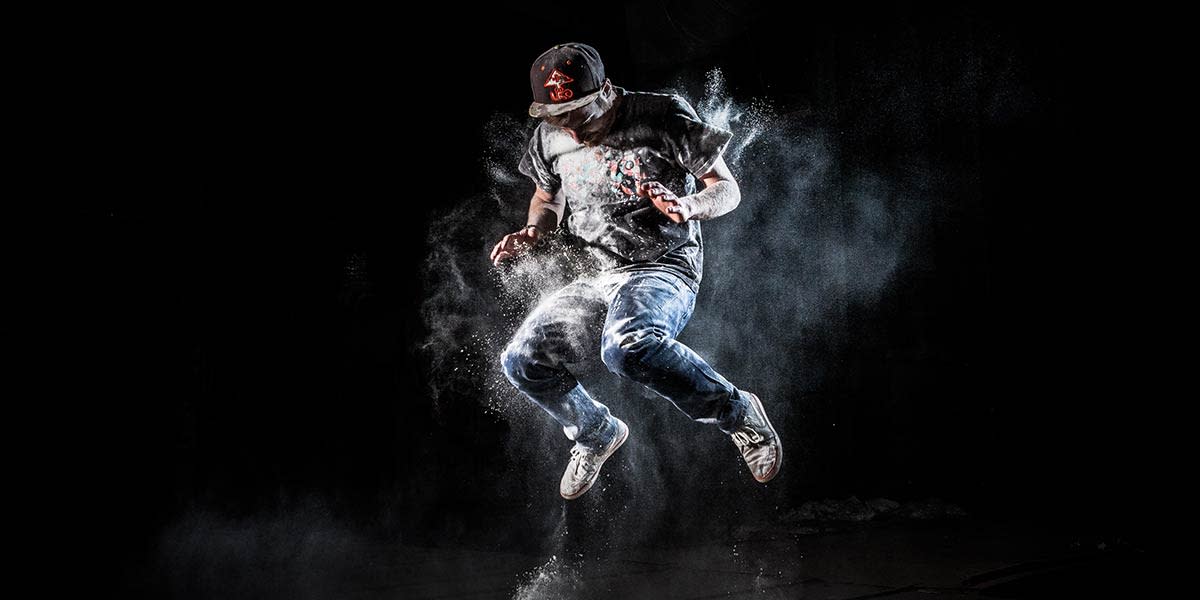
If you understand that lighting is an important part of how to make photographs look professional, you may be thinking about investing in lighting equipment such as a studio strobe. But don’t overlook your camera flash!
If you shy away from using it because you find the light is too harsh, there are a number of solutions. One of the best options would be to invest in an external flash. External camera flashes, whether used attached to your camera’s hot-shoe or used off-camera, can give you much more flexibility. For one, they enable you to aim the light rather than have it blasting directly on your subject.
This allows you to bounce the light off a nearby surface like a ceiling or wall. The result is that the light is spread out much more evenly and looks less intense. There are also a variety of flash diffusers available for external flashes that will help you soften the light without having to bounce it off a surface.
But if you aren’t ready to invest in an external flash, there are less expensive options for diffusing the light from your camera’s built-in flash. One example is this diffuser for built-in camera flashes. It costs less than $20 and simply clips onto the top of your camera. It uses frosted plastic to soften the light.
Many photographers also create DIY solutions for diffusing the light from their flashes, such as using various translucent white plastic containers and cutting them so they fit over the flash.
Use Light to Create Interesting Effects
But there’s a lot more to lighting than just making sure you have enough of it. You can also use light in a variety of interesting ways that can totally change the mood of your photos. Once you get comfortable creating some of these effects, it will help you with figuring out how to make your photographs look professional.
For example, some techniques you could try out include:

Shooting during the golden hour. The golden hour is what photographers call the time just after sunrise and just before sunset. This is when you can capture scenes bathed in golden-hued light—which makes for a great photo. Also, since the sun is low in the sky, things cast very long shadows that can create a dramatic effect.
Create a silhouette. Try shooting a subject in front of a bright light like the setting sun, and manually adjust your camera settings so all you’re left with is a dark silhouette against a background of light. Check out this guide to learn all the ins and outs of silhouettes, Silhouette Photography 101: Master The Basics.
Shoot in hard light. Shooting in areas or times when there’s lots of bright light and shadows can make for an interesting photo with lots of contrast. For example, look for things that cast interesting shadows onto your scene such as window blinds or a fence. Then capture those shapes or patterns created by the shadows as they fall on your subject. For more info on this technique, take a look at hard light photography advice.
4. Learn How to Edit Photos Like a Professional

It’s not only about how to take professional photos. You should also learn how to edit photos like a professional.
Photoshop is the professional photographer’s best friend. Practically any image can benefit from some touch-ups, whether it’s cropping, brightness adjustments, color corrections, or other tweaks.
So it’s worth spending some time learning what the program is capable of. There are lots of helpful tutorials available online, including a bunch on the Adobe website.
If you don’t have access to Photoshop and aren’t looking to spend the money on it, there are many free Photoshop alternatives. One of the most popular is GIMP.
But no matter what photo editing software you use, there’s one rule that remains constant: you should use a light touch when making adjustments. Inexperienced photographers tend to go overboard during editing. Start with a preset look and make small adjustments to develop a consistent body of work. If you make too many drastic adjustments, the final result won’t look realistic and your touch-ups will be obvious.
5. Learn Your Camera’s Settings

Relying on the camera’s automatic settings is another thing that will hold you back when it comes to understanding how to take good pictures. While it may work fine at times, you won’t have nearly as much flexibility to get creative with your photography or handle unique situations.
For instance, if you are trying to take a silhouette, your camera may try to capture the wrong details and you’ll end up dimly lit subject against a blown out background. If you’re trying to shoot at night, it may give you an extra-long exposure when you don’t want it, and you’ll end up with a blurry mess. So spend some time familiarizing yourself with your camera’s settings, because it’s a critical step in learning how to make pictures look professional.
For some help, here is our complete guide to manual settings on your DSLR camera.
6. Pick Up a Tripod

We’ve already covered some lighting equipment, but there’s one more piece of photography gear you should definitely consider adding to your arsenal if you want to know how to take professional photos.
You might think you don’t need a tripod if you have a steady hand and are comfortable with handheld shots. But a tripod allows you to try a variety of shooting techniques that you can’t do without one. Just a few examples include tethered photography, long exposures, or creating your own 3D images.
A tripod also lets you set up your shot and then take care of other aspects of the scene while keeping your camera ready to go. For example, you might want to line up a shot and then speak to a model, make lighting adjustments, or just wait for the perfect moment.
And you don’t have to spend much money to get a quality tripod. For some info on the variety that’s available, read up on these must-have portrait photography accessories.
7. Upgrade Your Gear
Using the professional photography tips above, you should be able to vastly improve your results without spending any money. However, if you’re working with sorely outdated equipment and have the budget for some new gear, it might be time to upgrade your camera, lenses, and accessories. For some help deciding between all the options out there, take a look at these guides:
8. Show Off Your Shots Like a Pro

Build Your Portfolio With Format
Rated #1 online portfolio builder by photographers.
Now that you know some of the secrets behind how to take professional photos, it’s time to share those beautiful shots.
If you want a way to show off your photos like a professional, you should set up your own online photography portfolio. Don’t worry: even if you’ve never built a website before, it’s easy if you use a website builder!
Look for one that offers customizable templates, so you can create an online portfolio website that shows off your style. Another thing to look for is a platform that offers a free trial; this way, you can see if it’s right for you before making any commitment.
Once you find a platform that offers all the tools you need, you’ll be ready to start showing off your work like a pro.
Looking for more tips on how to take professional photos?
8 Common Beginner Photography Mistakes (And How To Avoid Them)
Expert Tips for More Powerful Action in Photography
9 Insights for Better Portrait Photography





